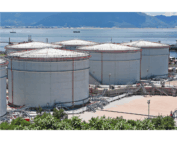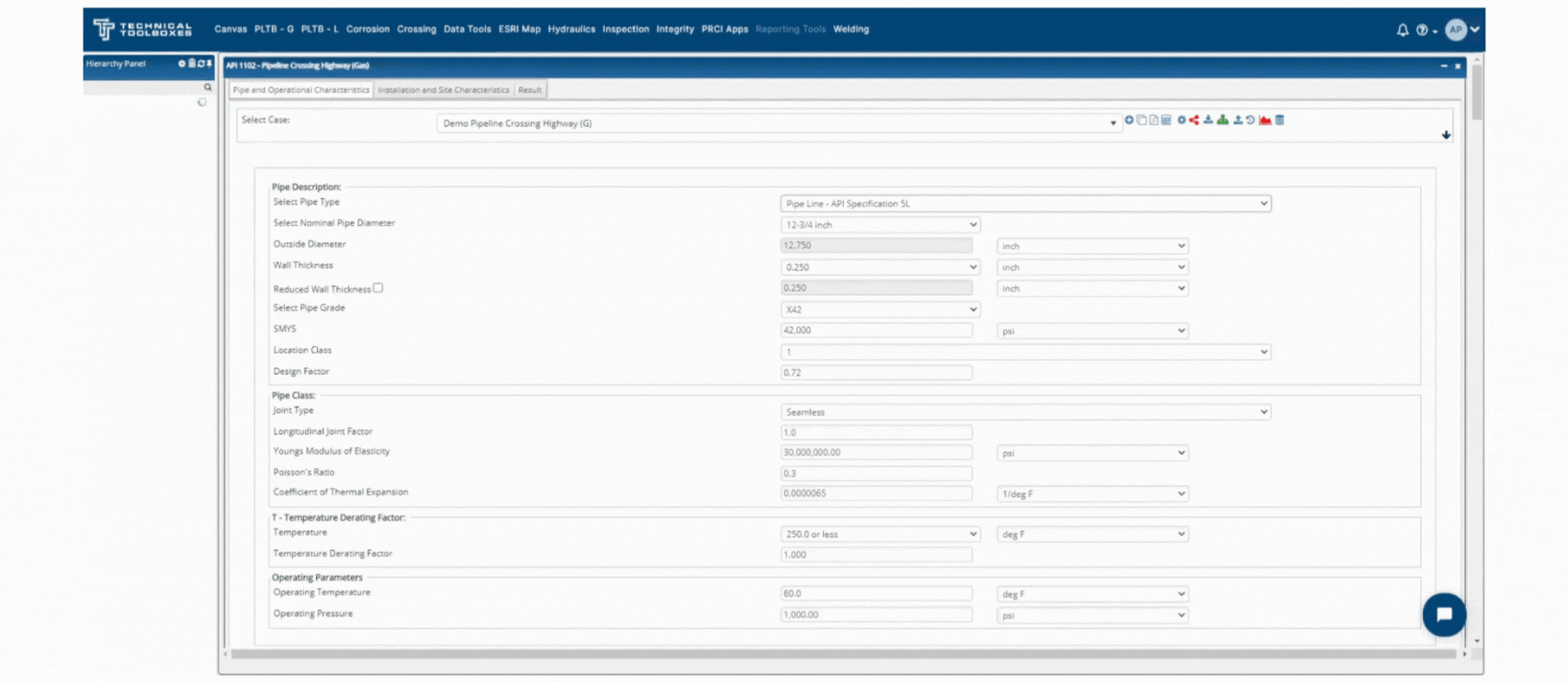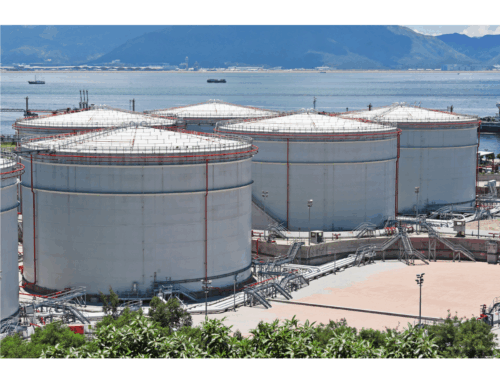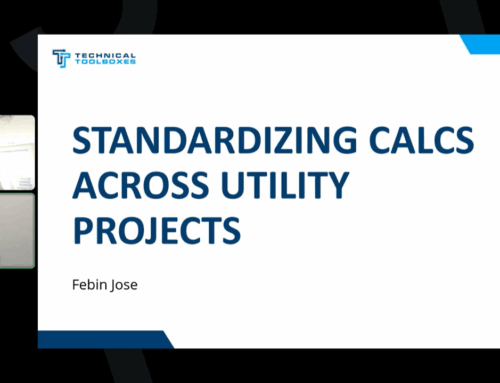MAOP Calculation: Ensuring Pipeline Safety and Compliance
By Kesley Price
Accurate calculations of the Maximum Allowable Operating Pressure (MAOP) are essential in maintaining pipeline safety and regulatory compliance. This blog will explore the significance of MAOP calculations, highlight the applications from Technical Toolboxes (TT) that incorporate these calculations, and discuss their role in promoting pipeline safety and adherence to standards.
Why MAOP Calculations Are Important
The MAOP is the maximum pressure at which a pipeline can safely operate. Accurate MAOP calculations are critical for several reasons:
- Safety: Ensuring that pipelines operate within safe pressure limits reduces the risk of failures, leaks, or explosions.
- Regulatory Compliance: Compliance with standards set by regulatory bodies such as the Pipeline and Hazardous Materials Safety Administration (PHMSA) is mandatory. Incorrect MAOP calculations can lead to penalties and increased regulatory oversight.
- Operational Efficiency: Accurate MAOP calculations help optimize pipeline operations, enhancing both efficiency and longevity.
- Incident Prevention: Proper calculations help identify potential weaknesses, preventing overpressure incidents that could cause environmental and economic harm.
Technical Toolboxes Applications Including MAOP Calculations
Technical Toolboxes provides several tools that integrate MAOP calculations, supporting pipeline safety and compliance:
- Pipeline Toolbox (PLTB): This tool includes over 250 pipeline-specific calculations for design, construction, operation, and integrity. The MAOP verification module ensures safe operation and compliance with industry standards.
- Hydrotest PowerTool: Designed for planning and validating hydrostatic pressure testing, this tool simplifies MAOP verification and recertification for both new and existing pipelines, ensuring compliance with CFRs 192 and 195.

- RSTRENG+: This tool focuses on calculating the remaining strength of corroded pipelines, using MAOP as a critical parameter to ensure safe operation. Advanced Calculations, like Batch Run, allow engineers to simulate various operational scenarios and validate MAOP under different conditions.
Promoting the Importance of MAOP
Technical Toolboxes supports the importance of MAOP through integrated software solutions and educational resources:
- Centralized Data Management: The Pipeline HUB integrates all pipeline data into a single platform, reducing the risk of errors in MAOP calculations and ensuring consistent data usage across teams.
- Compliance and Reporting: TT tools generate automated reports that meet the “Traceable, Verifiable, and Complete” (TVC) standards required by the PHMSA Mega Rule, ensuring all MAOP-related activities are well-documented and compliant with regulations.
- Educational Resources: Through detailed documentation and training modules, TT provides pipeline engineers with best practices for MAOP calculations and compliance. This includes webinars, blogs, and knowledge base articles covering various aspects of MAOP and its critical role in pipeline integrity.
- Innovative Tools: Tools like the Hydrotest PowerTool and RSTRENG+ incorporate the latest methodologies and technologies for MAOP verification, making it easier for engineers to perform accurate calculations and assessments.
MAOP calculations are a fundamental part of ensuring pipeline safety and compliance. With advanced tools and resources, pipeline engineers can perform accurate calculations and assessments, promoting higher safety standards and operational efficiency. By understanding and applying these principles, the industry can protect both the environment and the economy.
Suggested Post
2026 API Compliance: What You Need to Know
2026 API Compliance: What You Need to Know By Kesley Price New rules. Tougher [...]
Corrosion Engineers: How Confident Are You in Your Remaining Strength Calculations?
Corrosion Engineers: How Confident Are You in Your Remaining Strength Calculations? By Kesley Price [...]
Why API Inspections Still Matter More Than Ever
Why API Inspections Still Matter More Than Ever By Kesley Price In an industry [...]












